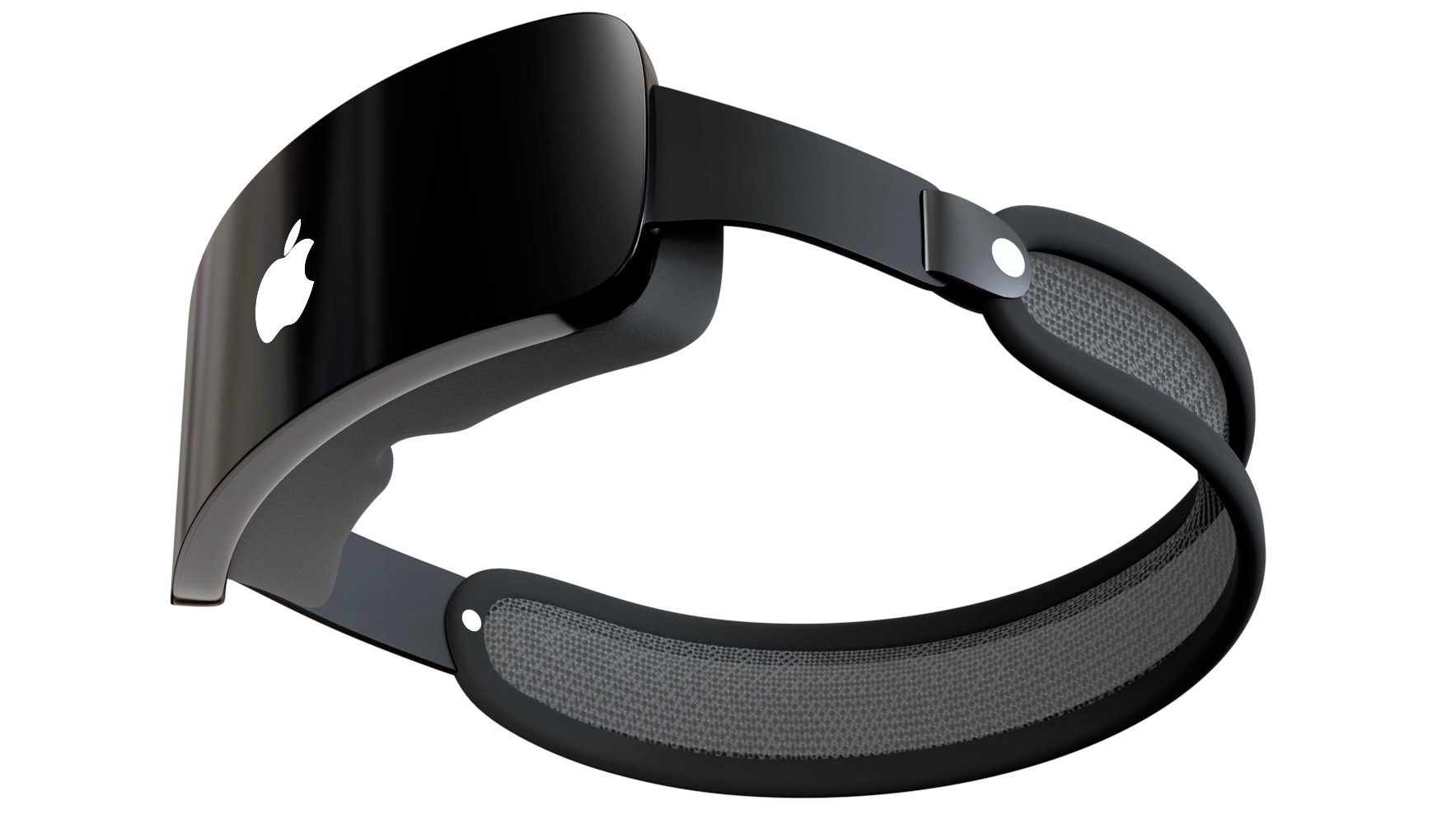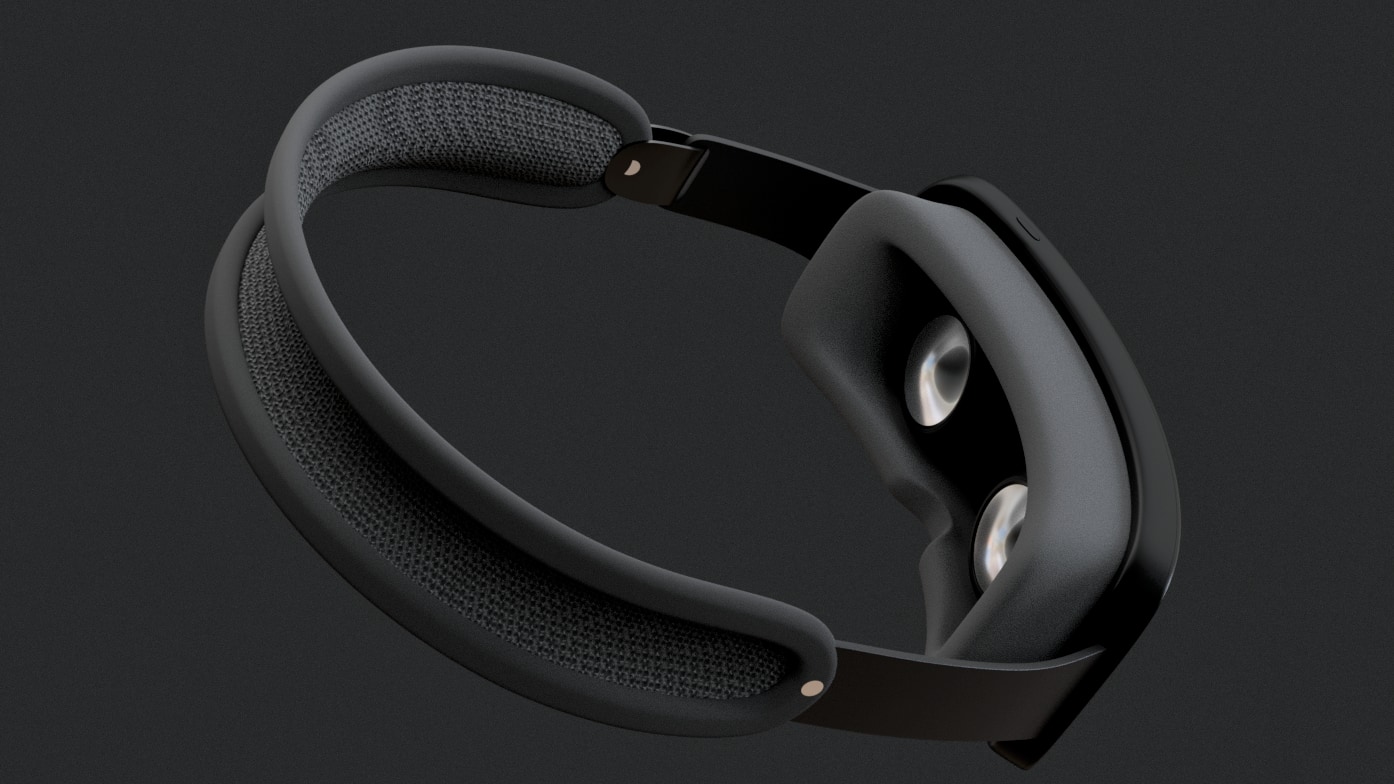Some Apple employees question the utility of the rumored mixed-reality headset ahead of its planned reveal at the upcoming developers conference in June.

- What’s happening? Two reports highlight alleged skepticism among some Apple employees, worried that the rumored headset is being rushed to market.
- Why care? Instead of advancing an established market like the iPhone, an Apple headset must convince people why they’d want to use a pricey headset.
- What to do? Read the reports over at Bloomberg and the New York Times.
Skepticism at Apple about the headset ahead of launch
Mark Gurman reported in the newest edition of this Power On newsletter on Bloomberg that Apple presented its mixed-reality headset to a group of 100 top executives at the Steve Jobs Theater last week. As it would seem, not everyone is convinced that the rumored product is ready for prime time.
The device will start at around $3,000, lack a clear killer app, require an external battery that will need to be replaced every couple of hours and use a design that some testers have deemed uncomfortable. It’s also likely to launch with limited media content.
Some executives expect the mixed-reality device to follow a similar trajectory as the Apple Watch, which debuted with a confusing interface, slow processor and an undefined purpose before it refocused as a fitness and health accessory.
The best hope for the headset is a similar outcome. In terms of unit sales, the first version will look like a dud next to the company’s existing products. It’s still likely to make Apple the market leader in mixed reality within a few months, but that’s just sign of how weak the current market is.
Apple’s roadmap for the headset reportedly includes a more affordable version in 2025 using cheaper components and an iPhone-class chip instead of a Mac-class one, along with a successor to the first model with far better performance, both of which should drop within two years of the initial headset.
A solution in search of a problem

Tripp Mickle and Brian X. Chen reported for the New York Times that some Apple employees are skeptical of the headset’s potential due to several factors:
But now, as the company prepares to introduce the headset in June, enthusiasm at Apple has given way to skepticism, said eight current and former employees, who requested anonymity because of Apple’s policies against speaking about future products. There are concerns about the device’s roughly $3,000 price, doubts about its utility and worries about its unproven market.
And this:
Some employees have defected from the project because of their doubts about its potential. Others have been fired over the lack of progress with some aspects of the headset, including its use of Apple’s Siri voice assistant, one person said. Even leaders at Apple have questioned the product’s prospects. It has been developed at a time when morale has been strained by a wave of departures from the company’s design team, including Mr. Ive, who left Apple in 2019 and stopped advising the company last year.
The headset’s public debut is planned for June, and another delay is out of the question because headset manufacturing is underway for the planned reveal.
Some internal skeptics have questioned if the new device is a solution in search of a problem. Unlike the iPod, which put digital songs in people’s pockets, and the iPhone, which combined the abilities of a music player and a phone, the headset hasn’t been driven by the same clarity, these people said.
That doesn’t sound good. The utility may be the biggest problem facing the headset (which also plagued the iPad during its early days) because what’s the killer app?
During the device’s development, Apple has focused on making it excel for videoconferencing and spending time with others as avatars in a virtual world. The company has called the device’s signature application “copresence,” a word designed to capture the experience of sharing a real or virtual space with someone in another place. It is akin to what Mark Zuckerberg, Facebook’s founder, calls the “metaverse.”
Conducting video calls with a headset strapped on your face sounds too much hassle. Besides, both parties on the call must use the headset.
The device will double as a tool for artists, designers and engineers, tracking them as they draw freely in space in image-editing applications and tracking hand gestures for the editing of virtual reality films. Lastly, it will function as a high-resolution TV with custom-made video content from Hollywood filmmakers such as Jon Favreau, the director of “Iron Man.”
So image and video editing using air gestures, now we’re talking. Problem is, some air gestures like air typing may not be ready for prime time. I’m also not sold on watching featured-length movies utilizing this thing.
These reports by Bloomberg and the New York Times basically corroborate earlier reporting by The Financial Times, stating that Tim Cook and his right-hand man, operations chief Jeff Williams, allegedly ”overrules the early objections from Apple’s designers to wait for the technology to catch up with their vision.”